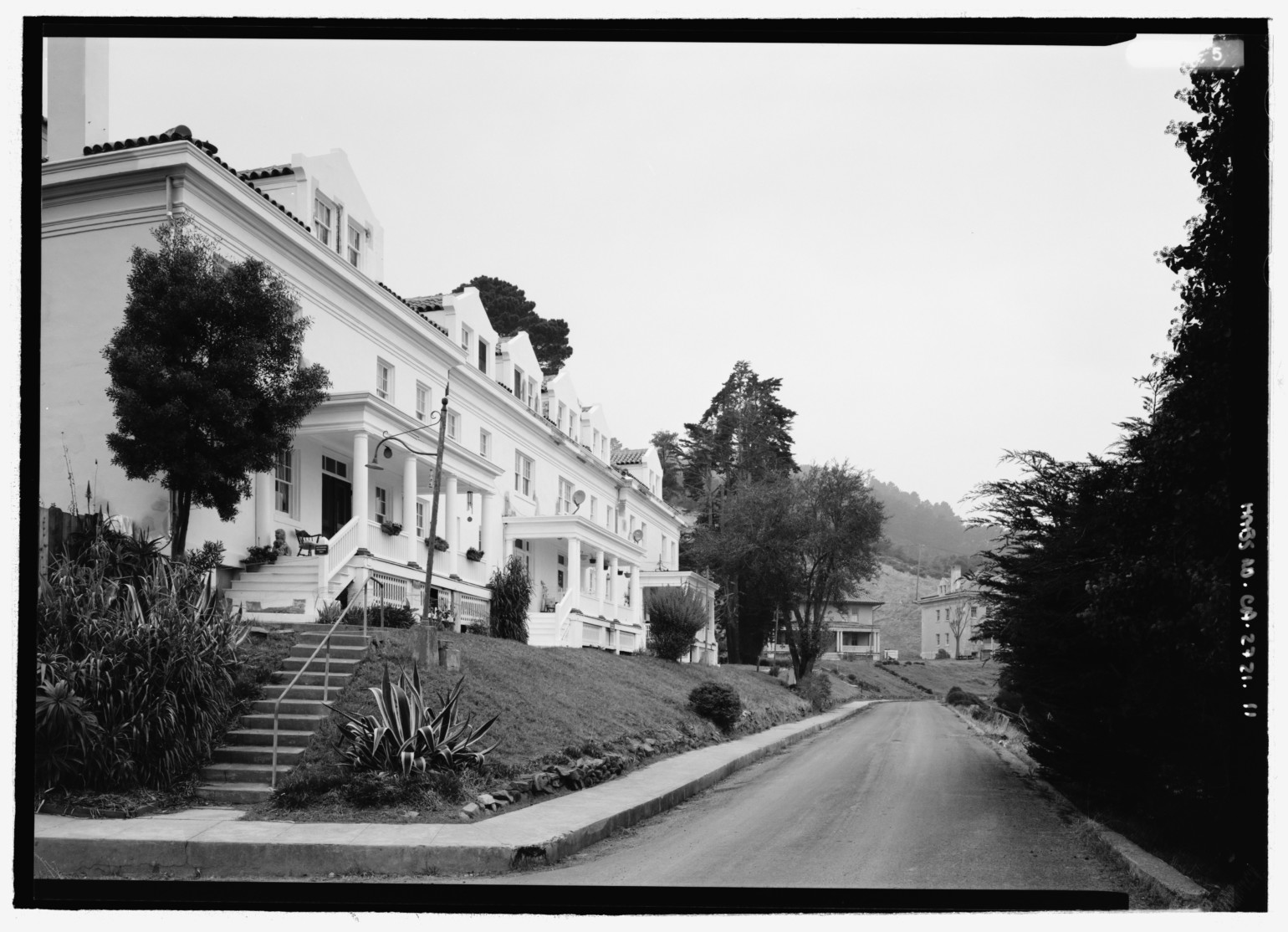Angel Island State Park sits but a mile from mainland Marin and it’s easily reached via the Angel Island Tiburon Ferry. However, as seen from Marin, Angel Island appears lovely but lonely; not much but trees and trails. So if it’s action you’re after, hike, rent a bike (maybe an e-bike?) or take a shuttle tour to the other side of Angel Island, the side that faces Berkeley. There you’ll see history, loads of it. One example is Fort McDowell, which in 1909 was the scene of a furious construction project intended to make Angel Island the main base for the recruit training, discharging and transferring of troops on America’s West Coast.

The fort was built between the Spanish-American War and WWI; its key structure being a three-story, tilt-up concrete barracks building designed to house 686 men. But that was based on the Army’s standard of 60-square-feet per man and with “double bunking,” which often had to be practiced, the structure could accommodate over 1,000 men — hence it was nicknamed the “Thousand Man Barracks.”

Also constructed — and still standing — on Angel Island’s eastern side are arguably the largest mess hall in America’s military history, one that could serve over 1,500 meals at a sitting; plus a hospital; post exchange; guardhouse; parade grounds and a string of comfortable housing called “Officer’s Row.” By the height of WW II, Fort McDowell was the staging base for all U.S. troops headed to the Pacific Theater. In all, well over 300,000 Americans passed through Fort McDowell during WWII. And today, island visitors often miss seeing Fort McDowell’s massive structures because most of them sit somewhat off the island’s Perimeter Road. Yet they’re there for the viewing and should you want to experience history in a personal manner, you can walk through the hospital’s dilapidated, yet historically rich, two-story interior. Look for the numbers 1910 etched in concrete above the doorway.

